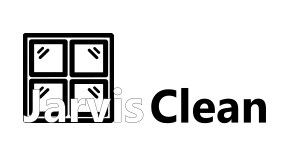Softwashing is a form of exterior cleaning that eliminates biofilms that have accumulated over time. A Softwash system, unlike a pressure washing system, employs a chemical solution to eliminate biofilms from exterior surfaces.
Are you in need of cleaning services for your residence? Your garden will need to be maintained on a regular basis due to the effects of the weather. Surfaces on and around your home can be cleaned in two ways: soft washing and pressure washing. You can use a soft or pressure wash to keep the environment clean. Soft and high-pressure washing are both included in power washing. Which option is best for your deck or driveway? What’s the difference between pressure and soft washing?
Jarvis Cleaners never use high-pressure washing to clean clay brickwork or roof tiles because it removes the protective outer layer from the bricks or roof tiles. When that protective surface layer wears away, the bricks and tiles become more porous, making them more prone to natural weathering damage and shortening their lifespan. That is why we recommend a gentle soft wash method.
Can You Use Steam Cleaning?
Soft washing may not produce as dramatic benefits as low-pressure steam cleaning in the short run. However, because steam cleaning takes so long, the labour cost can be much more than soft washing – and the long-term outcomes of soft washing are just as good.
A Softwash system cleans surfaces and eliminates biofilms for up to 4 times longer than a regular pressure washer system. That isn’t to argue that pressure washing is ineffectual; when the two procedures are combined, the best results in exterior cleaning are achieved.
What Chemicals Are Used?
To apply to your surface area, you’ll need to make a solution that includes the following ingredients:
Sodium Hypochlorite – Bleach kills mould and mildew spores, algae, moss, and any other plants or fungus that may be growing on your roof. It also penetrates any root systems and kills them, preventing additional harm to the tiles and the regrowth of anything.
Cleaning Surfactant — This ingredient aids in the cleaning process by loosening, trapping, and transporting dirt and other contaminants. Surfactants get between the surface (your roof) and the stuff clinging to it (dirt, plants, fungi, and so on) and push them apart, sticking to the undesired matter, clinging there and pushing it away.
After use, it quickly breaks down into tiny amounts of ordinary salt and water containing no free chlorine. Therefore it is safe to use on properties.
